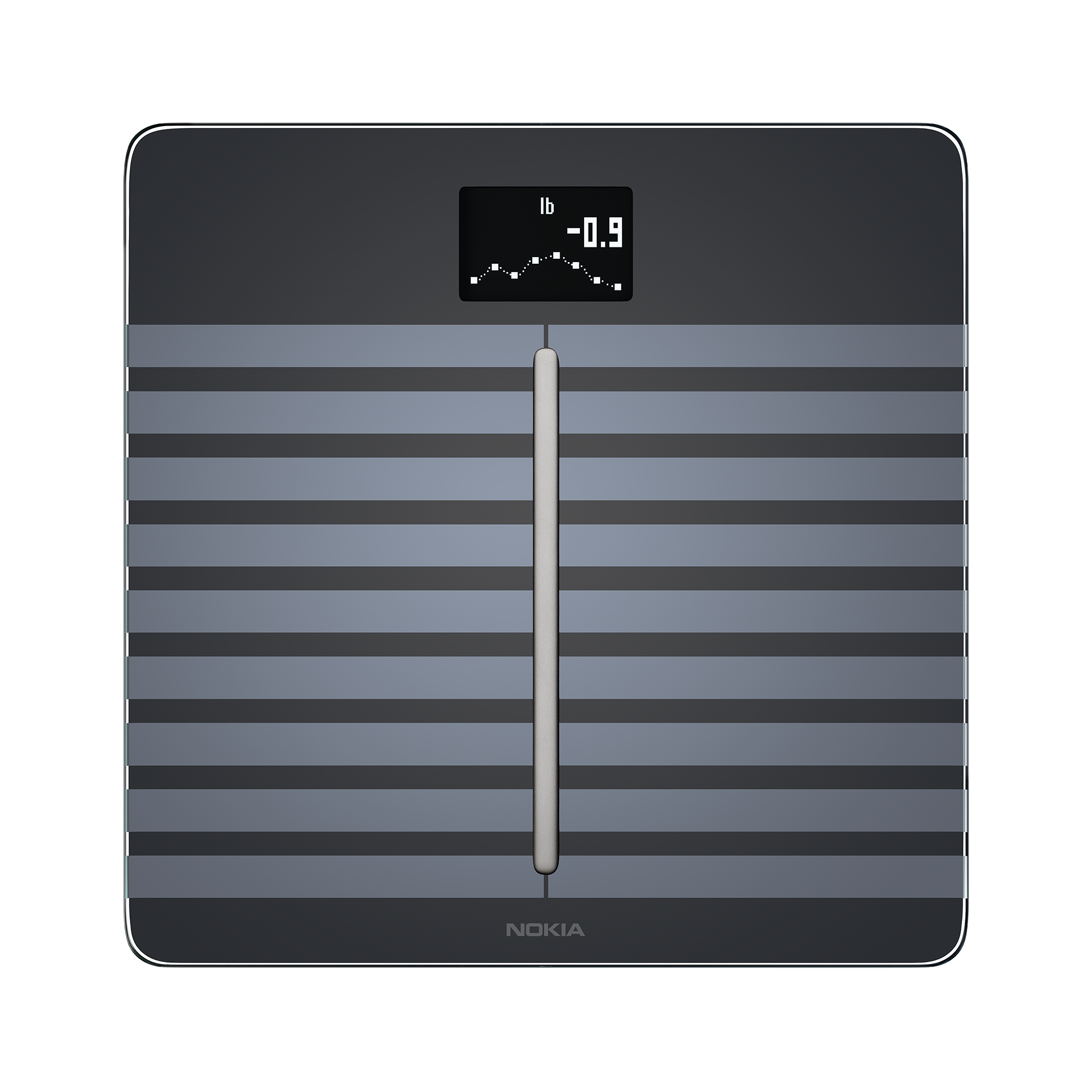
Find out how this author and producer employs technology to help him control his diabetes, and why he believes beautifully designed connected health devices will continue to transform healthcare.

Carr Hagerman, pictured, is a Minneapolis-based author, media producer, and former street performer who always prided himself on being fit and healthy. So when this physically-active vegetarian who ‘just says no’ to drink and drugs was diagnosed with Type 1 Diabetes at age 51, the news stunned him — to the point that he initially doubted the diagnosis from his trusted doc.
And although he’s been friends with Withings success story Penn Jillette for over 40 years, Hagerman is quick to point out that was using our devices to help keep track of his health long before his world-famous magician pal was. Read on to find out how this design-loving statistics nut and self-described control-lover took charge of his health and became a Withings super fan.
Interview with Carr Hagerman
Withings: Thanks for taking time to talk with us, Carr. First question… what prompted you to start tracking your health at home?
Hagerman: About six years ago, I was diagnosed as a Type 1 diabetic. There is no family history of the disease, and since I have always prided myself on being healthy, that diagnosis came as a life-altering shock. I’m very proactive about my health. I value having my hand on the wheel. I want to control as much as I can the decisions I have to make. I decided to employ technology to help me manage my diabetes. The connectivity allows me to share data with my care providers, as well as keep me engaged in the specifics of my health… my “numbers” if you will.
Why Withings, specifically?
Here’s why Withings products interests me so much: Not only are your products easy to use, they’re designed in such a fashion as to make me actually look forward to interacting with them. All that Withings invests in making [these products] is the way we’re going to transform healthcare. It’s intelligent, it works, and it’s very very different than what we’ve ever had in history.
Why did you go to your doctor in the first place?
I lost a ton of weight, dropping it fast. I was not sleeping well, and I was drinking water and peeing all the time. Most people will go on and say to themselves, “I’m fine until I’m not.” Diabetes never occurred to me. If you don’t know anything about diabetes you might think, “I feel a bit odd.” It’s a slow boil. I was drinking fluids all the time, and carbing out constantly. I thought it might be stress. Type 1 doesn’t run in my family… we’re healthy. My dad is 90, and still employed. I had gotten a physical maybe six or eight months before this diagnosis, and my blood work was fine. Fine at 50 — diabetic at 51.
I wanted to argue with my doctor about my diagnosis, and I have a very smart doctor. My blood glucose was high 300s to low 400s… an average person would be like 70. I had to get on insulin right away. They send me to the world-renowned International Diabetes Center in Minneapolis. So I sit down with the nurses, and they teach me how to use insulin and a glucose meter. My world goes from not paying attention at all, to where I don’t have to pay attention to any number, ever, to one where I have to track my numbers maybe six times a day. I went from a normal life to one of needles and blood. It was a new world to me, and frightening.
What do you track, exactly?
Along with my diabetes pump and continuous glucose monitor, Withings products help me effectively track my weight, BMI, and blood pressure because I’m also pre-hypertensive. Diabetics are at risk for heart problems. That and kidneys. If either one of those goes, I go.
At first, I had all these journals. I had to write everything down. I got a Bluetooth-enabled cooking scale that tells you on your iPad what is in the breakdown… carbs, sugars, calories. It puts it in a file so I can see what my breakfast is, and why I feel how I feel for the rest of the day.
The Health Mate scale was the first Withings device I bought. I wanted connectivity and wanted to be able to record. I had a scale, but it didn’t please me. I didn’t care for the interface. So the two Withings devices that I have now are the blood pressure cuff and scale. I’m about to move over from the watch I currently use to monitor my diabetes, to the Withings one.
And tracking is important to you?
The more I know about my diabetes, the better my life is. By extension, all my health numbers are incredibly useful for managing the quality of my health. I use the weight scale two or three times a week, and I use the blood pressure cuff about every two weeks.
Where did you hear about the Withings scale?
Penn Jillette and I have known each other for over 40 years, we met when we were performers at a Renaissance fair in the 70s, when Penn was 17 and I was 14, but I’m proud to say I was using Withings before he was!
I’m a design person, I’m always reading about design, I have lots of books on design. It was in a design magazine. The article was about the intersection of design and health. I went out and bought the Withings scale and it did exactly what I wanted it to do. It has a sexy, sweet, easy-to-use interface that you don’t mind using. I gave my other one away.
For my glucose, I moved to a pump, and got connectivity there. My pump delivers insulin into my body. I also have a continuous glucose monitor that sends info to my smartphone and pump. Both download onto an app. With the scale, I can directly see when I’ve put on weight. All that info goes right to my endocrinologist and my general practitioner, and it all downloads to my phone and my computer. Now, when I go in to the doctor, it makes it very easy to show a portfolio. It makes me a partner in my own care.
As an early adopter of connected health, what advice do you have for Withings?
My mother was on oxygen. She had to take an oxygen tank everywhere. It was clunky and it was ugly. You feel like the hospital is hanging around you. Companies like Withings demystify health gadgets. That makes us proactive, and makes us want to use them. I think the design is intriguing to people. People younger than I are likely more inclined to want to do these things. The Aura, the [blood pressure] cuff, the scale, these are beautifully-designed objects.
“Design is not just what it looks like and feels like. Design is how it works.” Isn’t that what Steve Jobs said? I think that’s what Withings has. Medicine doesn’t have to be white coat and clinical. It can be something you use at home, and it can be lovely and you can want to use it. Withings takes the scary out of it. It’s hip to use, and it works. This is what bringing medical devices in our home does, and we want more of it. My prior experience was that things looked good but didn’t deliver. Withings looks good and it works.
If I sat with the owners of the company, I’d ask them to continue to look at all of the measurement devices we have, like oxygen tanks, and make them into beautiful objects that we want to interact with. Make more.
***
Many thanks to Carr for the time.



